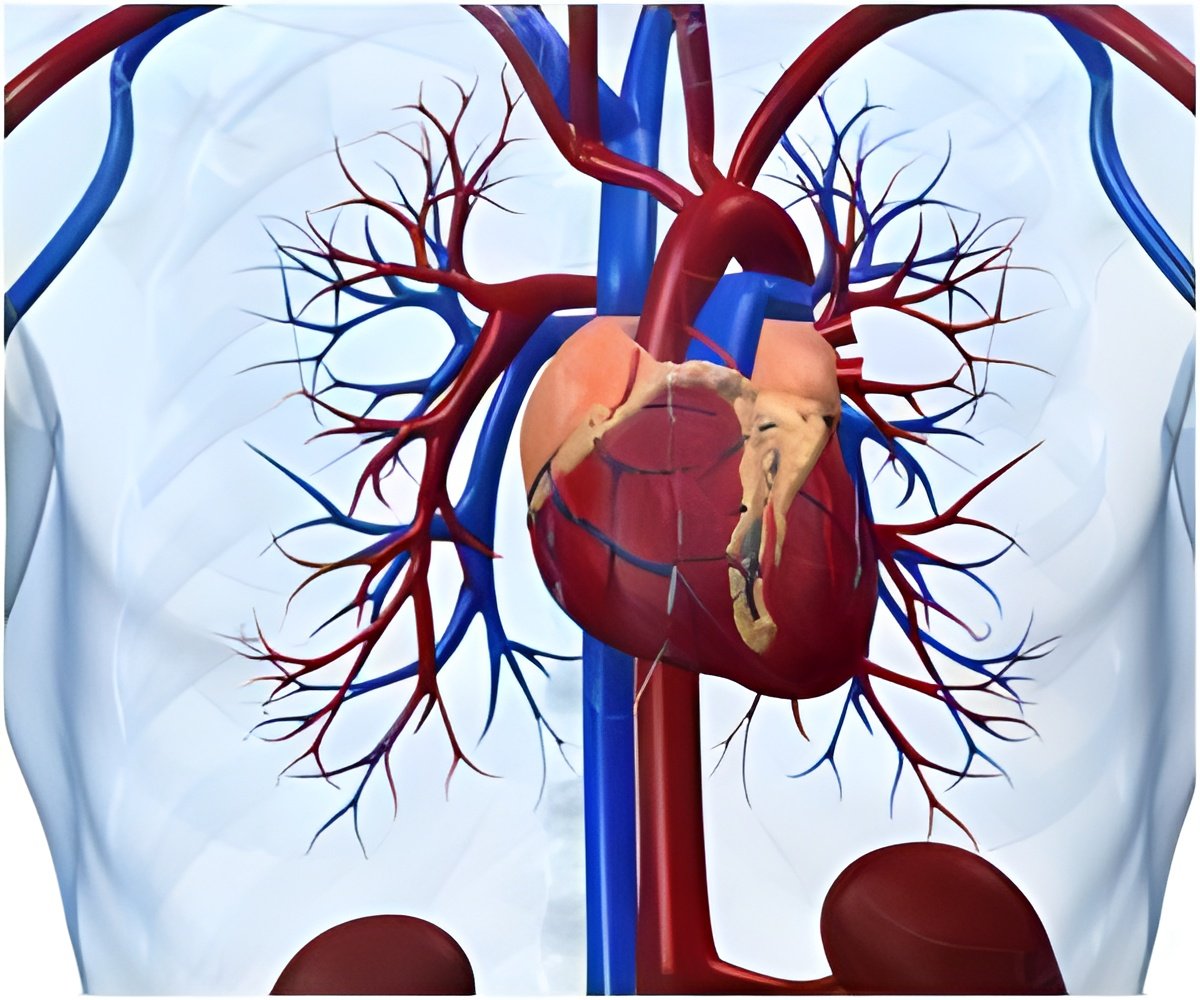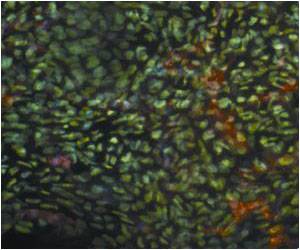
These findings offer renewed hope for combating life-threatening heart defects such as arrhythmias (irregular heart beat) and ventricular septal defects ("holes in the heart").
"Congenital heart defects are the most common type of birth defects-affecting more than 35,000 newborn babies in the United States each year," said Dr. Bruneau, who is the associate director of cardiovascular research at Gladstone, an independent and nonprofit biomedical-research organization.
"But how these defects develop at the genetic level has been difficult to pinpoint because research has focused on a small set of genes. Here, we approach heart formation with a wide-angle lens by looking at the entirety of the genetic material that gives heart cells their unique identity," he noted.
The news comes at a time of emerging importance for the biological process called "epigenetics," in which a non-genetic factor impacts a cell's genetic makeup early during development-but sometimes with longer-term consequences.
All of the cells in an organism contain the same DNA, but the epigenetic instructions encoded in specific DNA sequences give the cell its identity. Epigenetics is of particular interest in heart formation, as the incorrect on-and-off switching of genes during fetal development can lead to congenital heart disease-some forms of which may not be apparent until adulthood.
Advertisement
Next, they extracted the DNA from developing and mature heart cells, using an advanced gene-sequencing technique called ChIP-seq that lets scientists "see" the epigenetic signatures written in the DNA.
Advertisement
"To do that, we harnessed the computing power of the Gladstone Bioinformatics Core. This allowed us to take the mountains of data collected from gene sequencing and organize it into a readable, meaningful blueprint for how a heart becomes a heart," he explained.
The team made some unexpected discoveries. They found that groups of genes appear to work together in heart cells in a coordinated fashion-switching on and off as a group at designated times during embryonic development. The scientists not only identified a whole host of new genes involved in heart formation, but they also refined exactly how these newly discovered genes interact with previously known genes.
The human-health implications of mapping the genomic blueprint of the heart are far reaching. Now that scientists understand how these genes control the heart, they can begin to piece together how heart disease disrupts this regulation. Eventually, they can look for therapies to prevent, interrupt or counteract those disruptions in children who suffer from congenital heart disease.
"Our findings reveal new clues as to how complex genetic and epigenetic patterns are precisely regulated during heart formation," said Dr. Boyer.
"In particular, our identification of key segments of the genome that contribute to this process will hopefully allow us to identify the genetic causes of many forms of congenital heart disease-an important first step in the fight against this devastating disease," he added.
The study has been published online in the journal Cell.
Source-ANI













